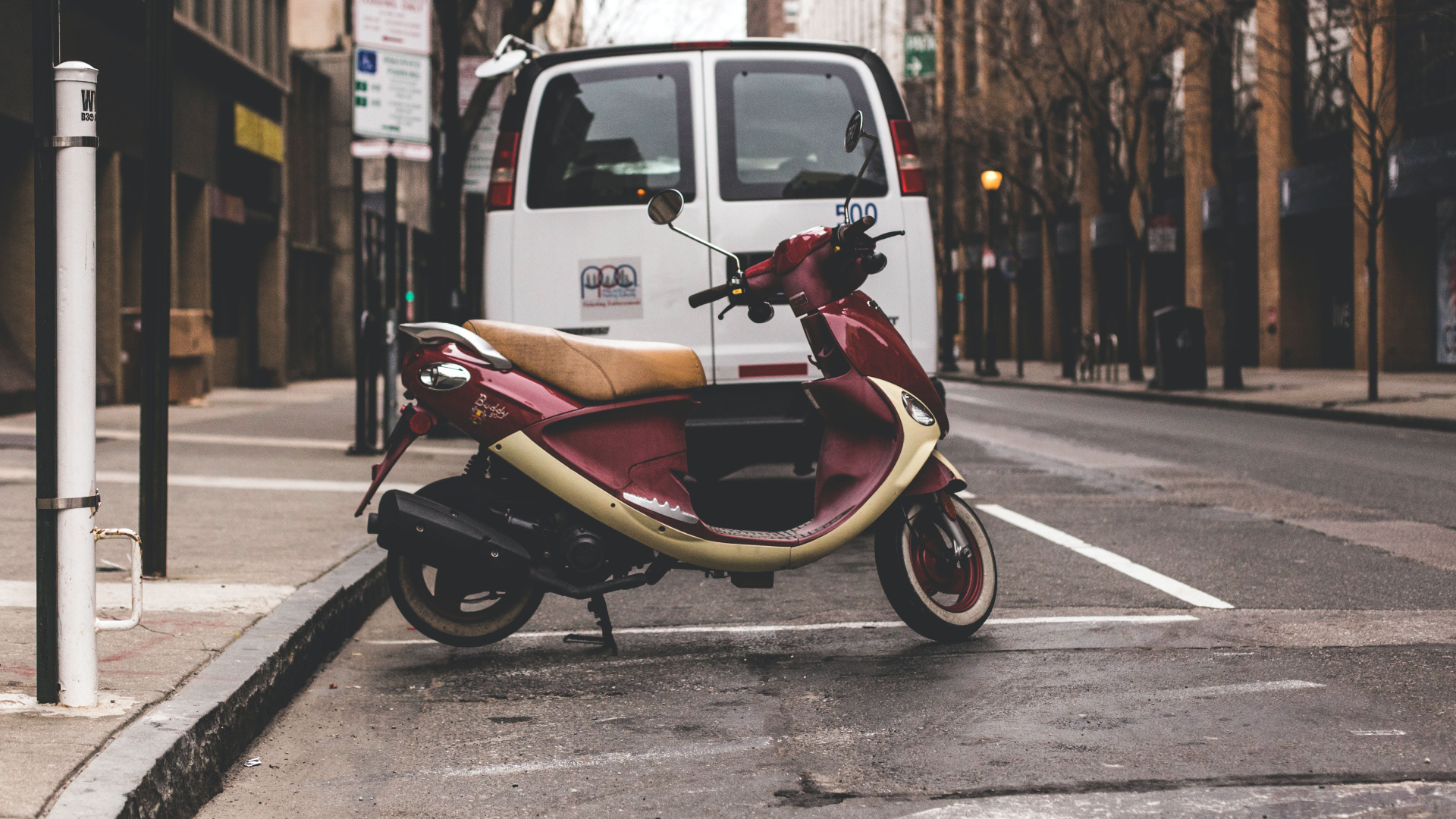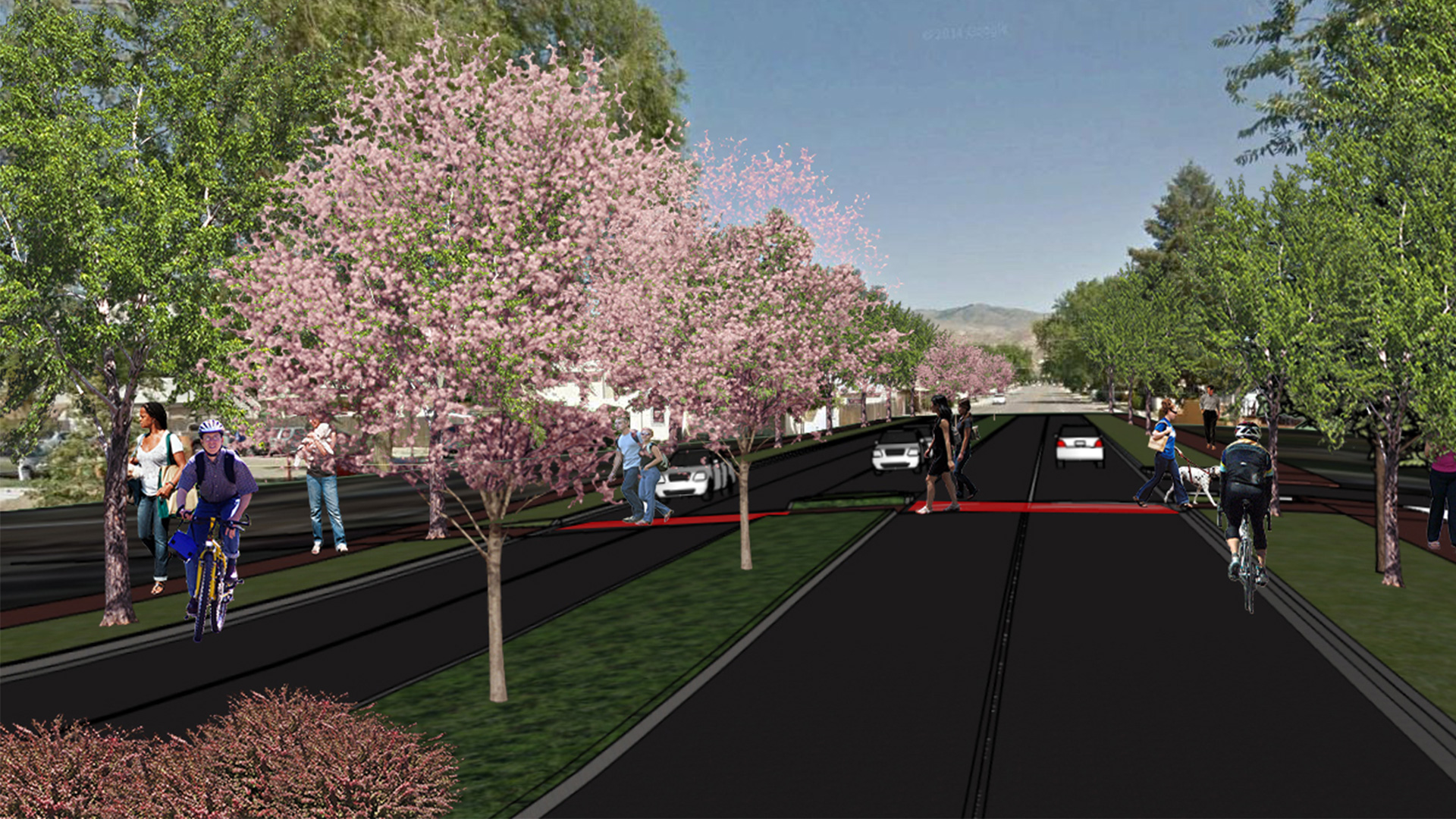Challenge
Oakland’s Chinatown district sits in one of the city’s oldest commercial areas, where roadways were originally designed for a much different era of travel. The streets are overbuilt, with more lanes than today’s traffic requires, resulting in wide, empty roadways that encourage high vehicle speeds and make walking uncomfortable and unsafe.
The neighborhood is home to a large elderly population that relies on walking and transit to reach nearby businesses. Long crossing distances and limited pedestrian facilities have made safety a consistent concern. At the same time, Oakland faces consistent funding limitations and needed to identify cost-effective ways to make meaningful improvements. The project defined a core area where construction could take place and an extended area where changes would stay within existing curb lines.
Complicating the effort further, several other projects were already underway in the area due to recent grant opportunities. Each had its own design files, traffic considerations, and timelines, requiring careful coordination among multiple teams.
Solution
Kittelson supported the City of Oakland through data collection, field observations, and engineering analyses to identify opportunities to right-size the roadway and improve safety. The team evaluated tools such as pedestrian scrambles, new bike lanes, and flexible space that could reduce excess pavement and return space to people walking—all at a low cost without major reconstruction.
Throughout the process, Kittelson worked closely with the City’s Department of Transportation (OakDOT) and the East Bay Asian Local Development Corporation (EBALDC) to gather input from residents and businesses. Plan documents were prepared with Chinese annotations to support inclusive community engagement.
Community feedback shaped the study’s recommendations, including a request to explore converting Knight Street from one-way to two-way operation. A feasibility analysis found that while the conversion was technically possible, similar benefits could be achieved through less expensive strategies, helping the City to prioritize improvements that offered the greatest value.
The Outcome
Restoring Oakland's Chinatown District into a Safer, More Walkable Corridor
The study provided Oakland with a clear, phased plan that can be used to pursue future funding and move closer to implementation. By distinguishing between the core and extended project areas, the City can deliver safety and mobility benefits more quickly while keeping costs manageable.
Perhaps most importantly, the process reinforced trust between the City and the community. Residents saw their feedback reflected in the outcomes and recognized that meaningful change was underway to make Chinatown a safer, more comfortable place to walk, ride, and spend time.



